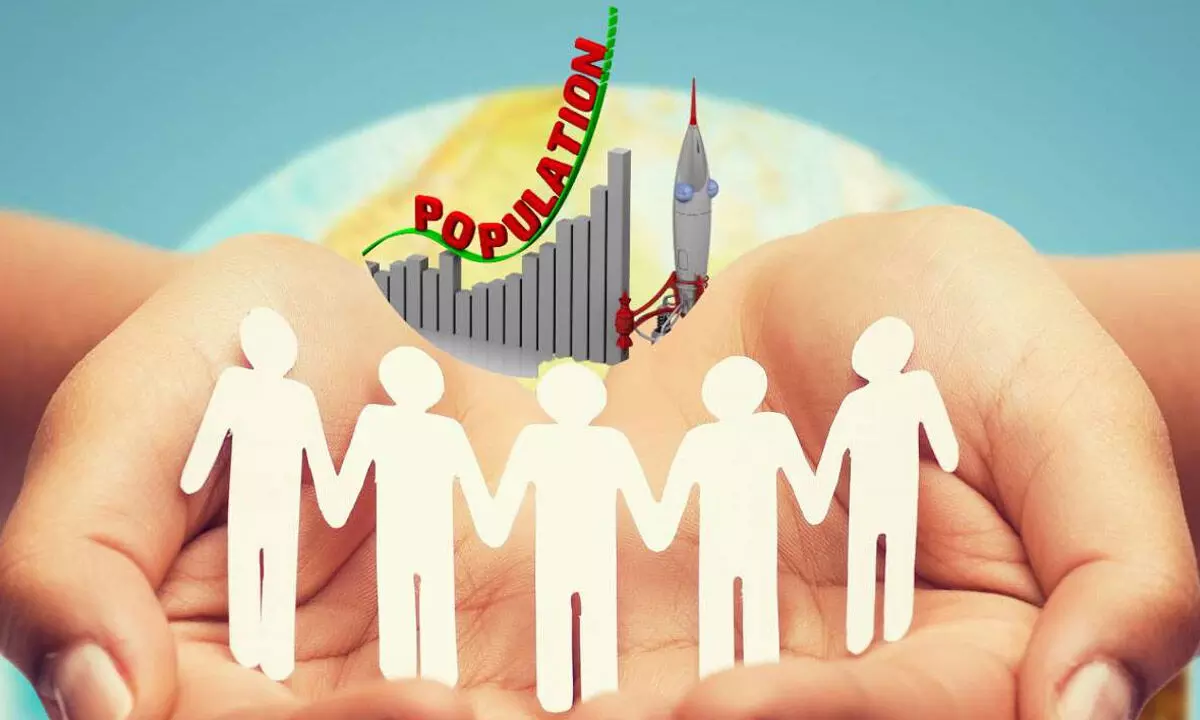World Population Day 2023: Understand its importance

Current world population is 8 billion and ticking and India has become the world’s most populous country in the world.
Current world population is 8 billion and ticking and India has become the world’s most populous country in the world. We spoke to Dr J Anish Anand.
Consultant Internal Medicine, he says, “World population day is an important day for the whole world especially for a highly and densely populated country like India.”
“Few people are aware of this, and we should make this Like a special day a holiday like event in educational institutions and through mass advertisement for general public to understand its importance,” says Dr J Anish Anand.
A BRIEF HISTORY OF THIS DAY
World Population Day is an annual event observed on July 11th. It was established by the United Nations in 1989 to raise awareness about global population issues and highlight the importance of population-related concerns. Dr J Anish Anand , says, “This day serves as an opportunity to focus on various aspects related to population, such as demographics, family planning, reproductive health, and sustainable development.”
POPULATION GROWTH
Dr J Anish Anand says, “It took hundreds of years for the world population to grow to 1 billion then another 200 years or so, it grew sevenfold. In 2011, the global population reached the 7 billion m, it stands at almost 7.9 billion in 2021, and it's expected to grow to around 8.5 billion in 2030, 9.7 billion in 2050, and 10.9 billion in 2100.”
• Since the middle of the 20th century, the world has experienced unprecedented population growth. The world’s population tripled in size between 1950 and 2020.
• The growth rate of the world’s population reached a peak between 1965 and 1970, when human numbers were increasing by an average of 2.1% per year.
• During the period from 2000 to 2020, even though the global population grew at an average annual rate of 1.2%, 48 countries or areas grew at least twice as fast: these included 33 countries or areas in Africa and 12 in Asia.
The recent past has seen enormous changes in fertility rates and life span. In the early 1970s, women had 4.5 children each; by 2015, total fertility for the world had fallen to below 2.5 children per woman. Meanwhile, average life spans have risen, from 64.6 years in the early 1990s to 72.6 years in 2019.
In addition, the world is seeing high levels of urban living and accelerating migration. 2007 was the first year in which more people lived in cities than villages and by 2050 about 66 per cent of the world population will be living in cities.
These have far-reaching implications. They affect economic development, employment, income, poverty and social protections. They also affect efforts to ensure universal access to health care, education, housing, sanitation, water, food and energy. To more sustainably address the needs of individuals, policymakers must understand how many people are living on the planet, where they are, how old they are, and how many people will come after them.
The world's population has been growing rapidly over the past century, leading to various challenges and opportunities for governments, organizations, and individuals. By observing World Population Day, the United Nations aims to encourage governments and stakeholders to consider population-related matters when formulating policies and programs.
MAJOR THEMES
Dr J Anish Anand shares key themes associated with World Population Day include:
1. Access to Family Planning: The day emphasizes the importance of ensuring that all individuals have access to family planning services and information. By empowering people with the ability to make informed choices about their reproductive health, it can lead to better family welfare and overall population management.
2. Youth and Adolescent Development: The UN also focuses on the well-being and development of young people, as they play a significant role in shaping the future of societies. Investing in education, healthcare, and opportunities for young individuals can have positive long-term impacts.
3. Gender Equality: Addressing gender disparities is crucial to achieving sustainable development and improving the overall well-being of communities. Ensuring equal access to education, healthcare, and opportunities for men and women is a critical aspect of the day's message.
4. Sustainable Development Goals (SDGs): The observance of World Population Day aligns with the broader UN Sustainable Development Goals. These goals encompass various targets, including poverty reduction, improving healthcare, promoting education, and ensuring environmental sustainability.
5. Population Growth and Environmental Impact: The day also highlights the relationship between population growth and its impact on the environment. Sustainable population management can help reduce resource consumption and preserve the planet for future generations.
During World Population Day, various events, workshops, seminars, and campaigns are organized worldwide to promote awareness and advocate for solutions to population-related challenges. It is an opportunity for individuals, communities, and governments to work together towards a more sustainable and equitable future.
This day is important for us to introspect and understand how we are affecting the environment by overpopulation and how our basic resources like water food and housing are overstretched due the sheer number of people living.
We have to educate the masses on having a HAPPY AND SMALL FAMILY. Poverty cannot be eradicated until the number of people competing for every basic resource decreases.

